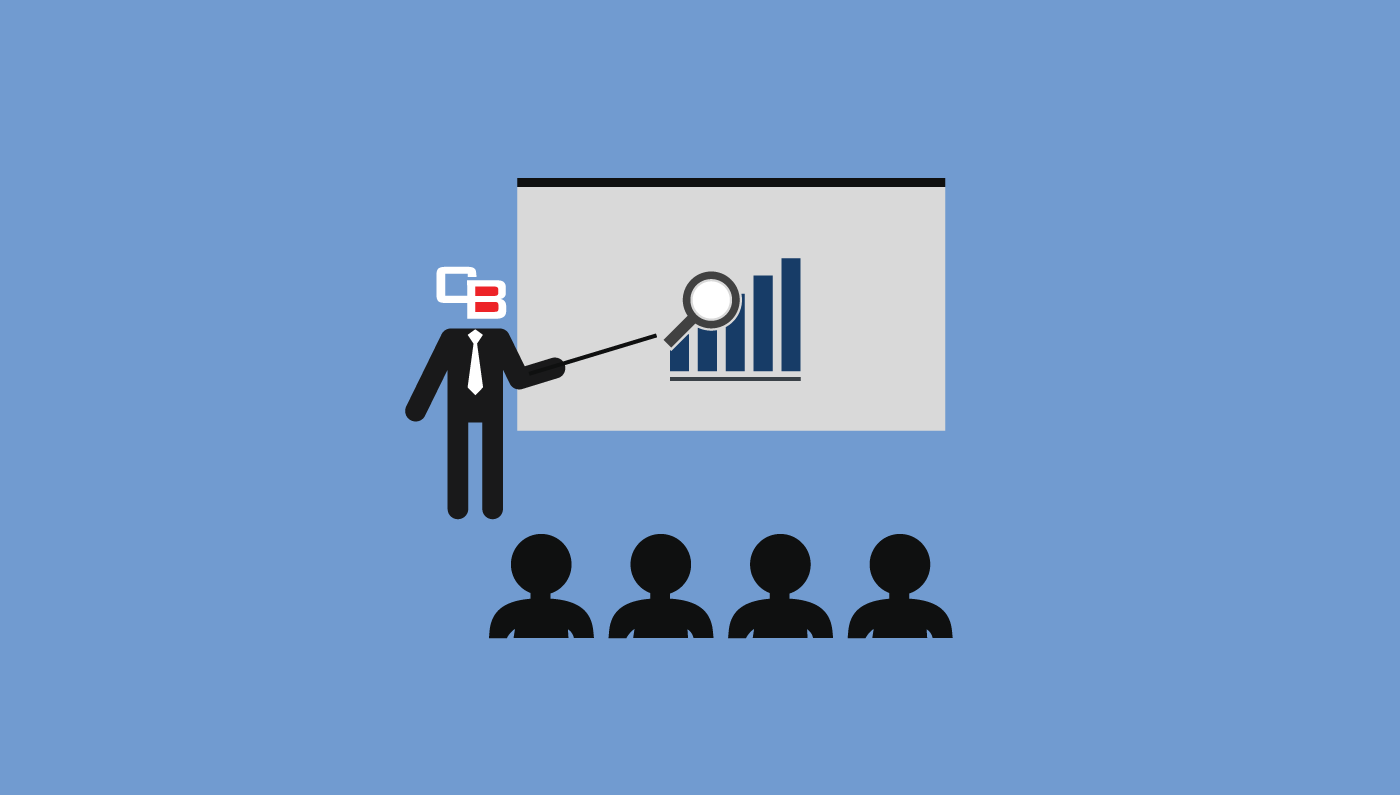I sat down with Dave Donars, Chief of Research at Cardwell Beach, who asked me some fundamental questions about analytics recently, a topic that we both are passionate about and have devoted considerable time to researching and understanding. Measuring statistics around traffic, usage, and interaction are key for so many businesses, but there are other equally important goals for analytics, included understanding (and fixing) user drop-off from sites and using analytics to manage A/B testing. We dive into a few of these concepts below—and much more on our Air Quotes podcast analytics episode, which is coming soon.
Dave: What does analytics mean to you? It’s such a big term.
Mark: At a high level, it means tracking what a user does on your site, or your mobile app, or whatever application you have out there.
Dave: Does it have to be digital? Can you do analytics for a product that is outside digital?
Mark: Sure. You can certainly get analytics for TV spots, for example, on viewership and the type of user that is watching your program.
Dave: Tracking is important. But what’s the utility of it?
Mark: A lot of people have a website and they feel they need to have Google Analytics on their website and they stop there. The real use of analytics comes from figuring out how your customer interacts with your website or your app—from there, you can optimize your site to essentially close the gaps in communication and drop-off points that don’t lead to a purchase.
Dave: Let’s talk about testing. From my perspective, testing is the only real way you can solve a hunch. When something is not performing like you want it to, analytics and testing allows you to determine why it’s not performing. Analytics allows you to get to the “why” much sooner. Have you seen that in your experience?
Mark: Yes. You can always look back and see how the last year performed, but you can’t change how it performed. Analytics allows you to go inside while it is happening and analyze why someone isn’t making it all the way to purchase, and then determine how to close those points. For example, you may have an ad which points to a landing page which leads to an email sign-up. There are several steps along that process, and people can drop off at any point in that process. There are reasons why people drop off—maybe the ad didn’t resonate with them or there were too many fields in the form and they didn’t want to enter their phone number, for example—and they are very specific. Each of these reasons can be optimized through the use of analytics to target those points and make the campaign more successful.
Dave: For me, it’s always been very important to get a baseline measurement on website activity. Ideally, you would want 12 quarters of data, or 3 years. You need to balance out seasonality, for example. It drives me crazy when people look at their performance month-over-month without taking into account seasonality. So it’s important to establish a baseline and then benchmark. But in the case of ads not resonating with a user, how do you know why it didn’t resonate? Is it the audience? Is it the placement? Are you targeting the wrong audience, or is the ad in the wrong place?
Mark: It’s all of those things, but you need to determine which one to tackle first. It’s a case-by-case basis, but, in general, you want to make sure you’re going after the correct target first. If an ad is not resonating with someone, you need to have iterative testing for your ads. So one ad targets one group of people with a headline and a keyword, and another ad targets another group with a different headline and keyword, and so forth. You can make sure that at least one—ideally more than one—will resonate with a group.
Dave: One of the aspects that has been frustrating in using analytics is the concept of dayparting, or giving users different types of content at different times of day. It’s very hard to parse out exactly what time the user is seeing it versus what time the website is serving it or the analytics server is logged into. Have you seen this also?
Mark: That’s a very good point. Even with all the advances in analytics, that’s still not a specific metric you can track on a user-by-user basis. Instead, you’re given the average time of day that everyone saw that content and the average location that people visited it from, and you can’t really tie the two together.
Dave: Which do you prefer: Google Analytics or Adobe analytics?
Mark: By default, we use baseline Google Analytics because it can measure all the metrics that are important—number of visitors, time spent on site, average drop-off point—but there’s a whole level beyond that which is more powerful and gives you more in-depth information. There are few other tools we use, as well, including Usability Tools, which allows you to see how your users are interacting with your site. You can even play back a recording of a user’s interaction with the site—where their mouse is moving and what they are clicking on.

